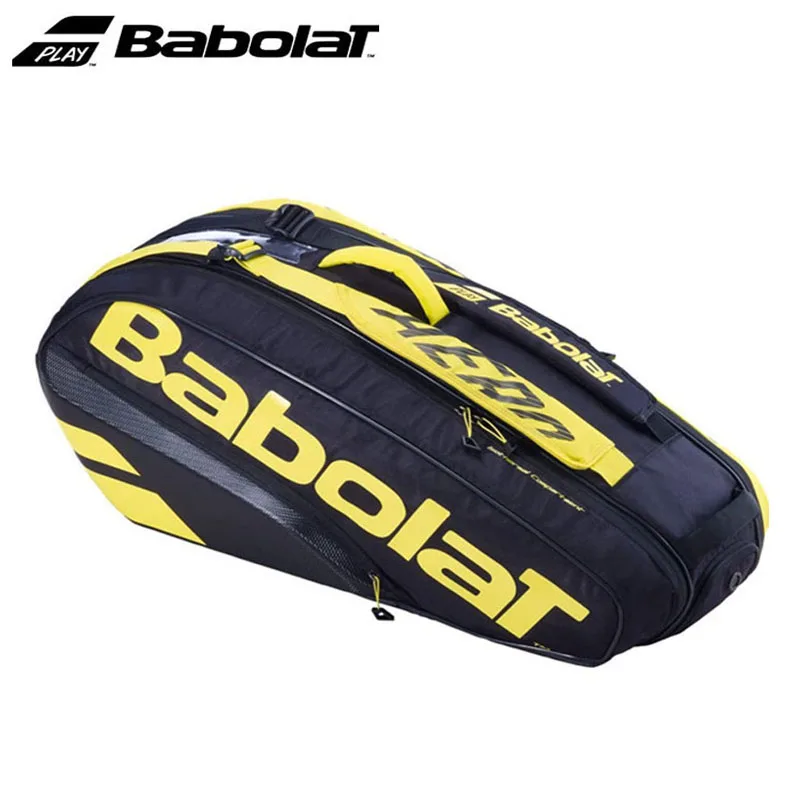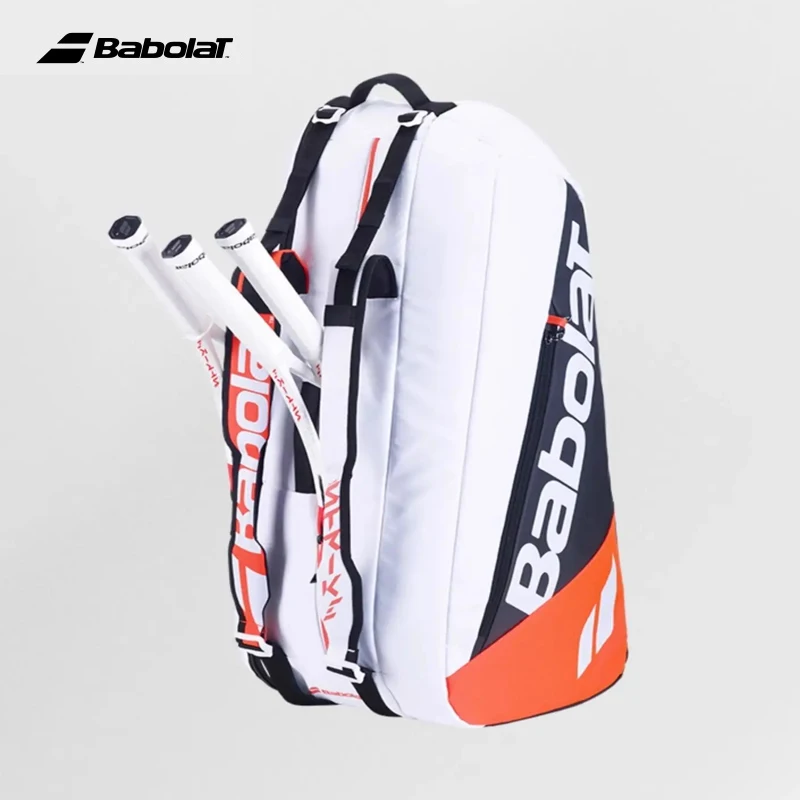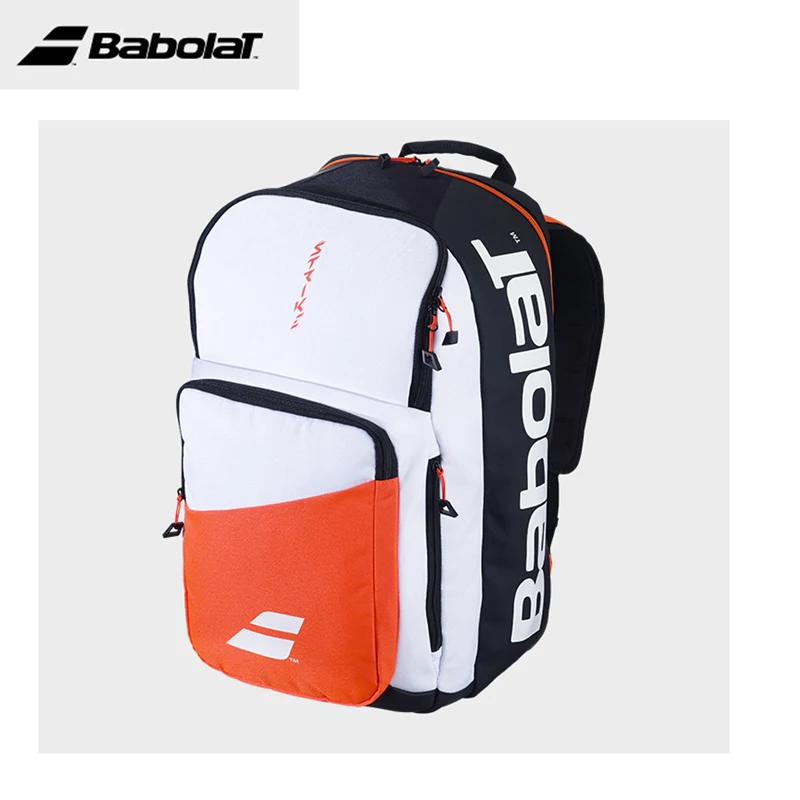What are the Benefits of Laying on the Floor with Your Legs Against the Wall?
Lying on the floor with your legs against the wall is a simple and effective way to improve your overall health and well-being. It is a form of yoga that is known as "Viparita Karani" or "Legs Up the Wall."
Benefits of Legs Up the Wall:
- Reduces stress and anxiety: This position helps to calm the mind and body, reducing stress and anxiety.
- Improves circulation: Elevating your legs against the wall helps to improve blood circulation, reducing swelling in the legs and feet.
- Relieves back pain: This position can help to relieve back pain by stretching the hamstrings and calves, and reducing pressure on the spine.
- Improves digestion: The elevated position helps to stimulate digestion and reduce constipation.
- Promotes restful sleep: This position can help to promote restful sleep by reducing stress and anxiety, and improving circulation.
How to do Legs Up the Wall:
- Lie on the floor with your buttocks close to the wall.
- Swing your legs up against the wall, so that your legs are straight and your feet are flat against the wall.
- Relax and close your eyes, or focus on your breath.
- Hold this position for as long as you like, but at least 5 minutes.
Related Questions:
- Is Legs Up the Wall good for pregnant women? Yes, it can help to reduce swelling and back pain during pregnancy.
- Can I do Legs Up the Wall if I have high blood pressure? Consult with your healthcare provider before doing this position if you have high blood pressure.
- How long should I do Legs Up the Wall? You can hold this position for as long as you like, but at least 5 minutes.
- Can I do Legs Up the Wall every day? Yes, you can do this position daily or as often as you like.
- What are the contraindications for Legs Up the Wall? Do not do this position if you have a serious neck, eye, or cardiovascular condition.
Hot Sale Wellness Products:
- Lululemon Yoga Mat
- Yoga Blocks
- Resistance Bands
- Foam Roller
- Weighted Blanket
Pre:What are some good yoga poses for flexibility
Next:What are the key poses of Yin Yoga and how do you cue them effectively



















